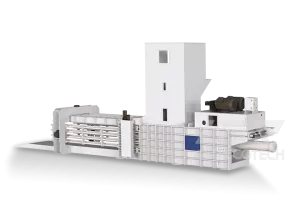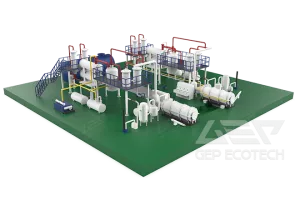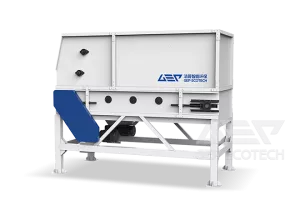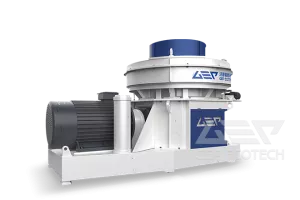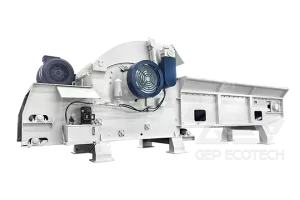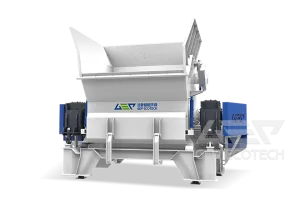Renovation waste generated from construction, remodeling, and demolition activities often contains a significant portion of light materials such as wood, paper, and foam. These materials can be challenging to manage due to their volume and disposal costs. However, innovative approaches are emerging to harness their energy potential by converting them into alternative fuels. This article explores the process of producing alternative fuel from light materials in renovation waste, highlighting its benefits and environmental implications.
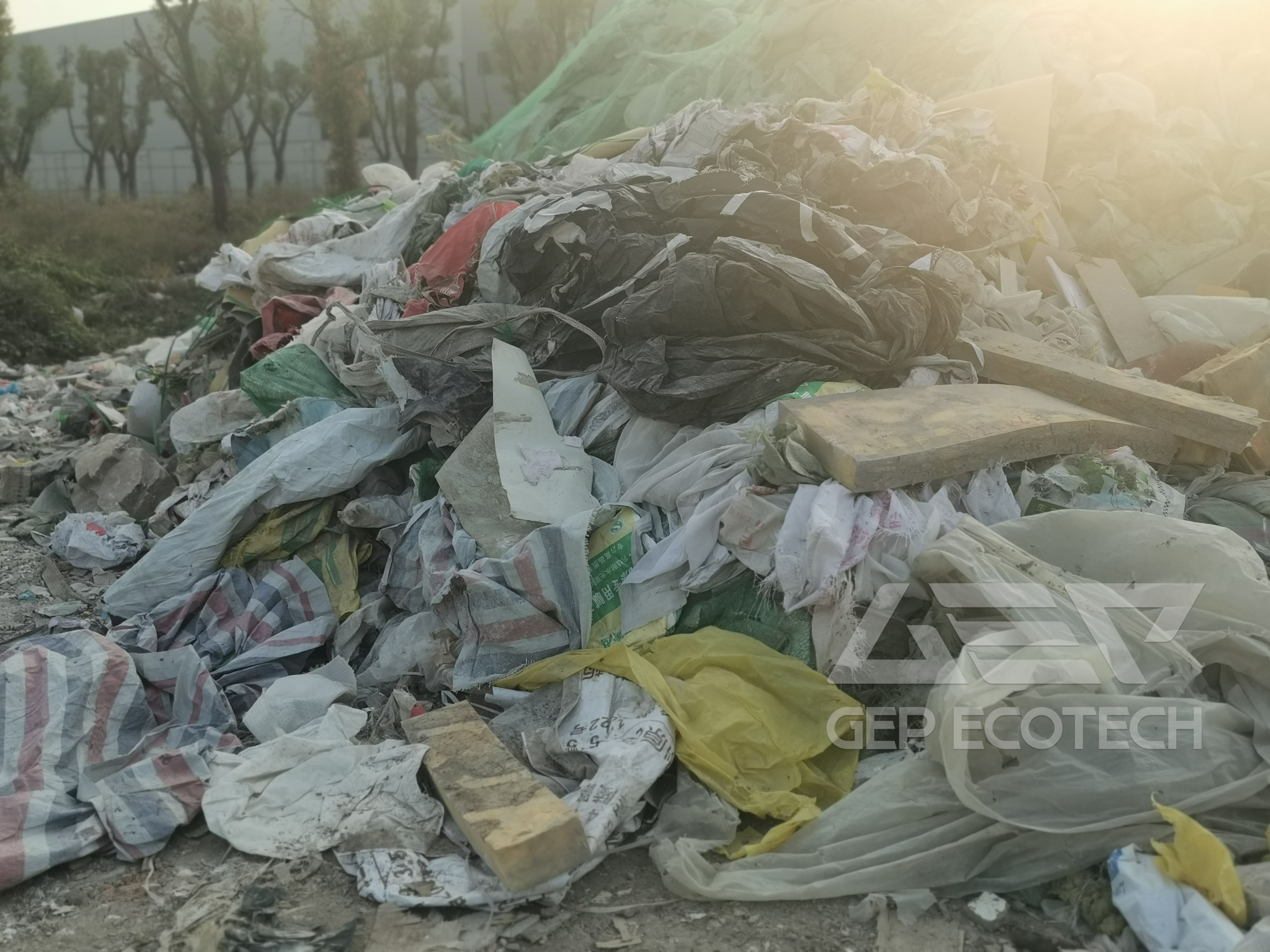
Process of producing alternative fuel from light materials in renovation waste
- Sorting and Segregation: The first step in producing alternative fuel from renovation waste is to sort and segregate the waste materials. Wood, paper, and foam need to be separated from other waste streams to ensure a consistent feedstock for fuel production.
- Shredding and Size Reduction: Once segregated, the light materials undergo shredding and size reduction processes. Shredders or crushers are used to break down wood, paper, and foam into smaller particles. This increases the surface area of the materials, making them more suitable for further processing.
- Blending and Conditioning: The shredded light materials are blended and conditioned to create a homogeneous mixture. This mixture is often combined with binders or additives to enhance its combustion properties and stability during storage and transportation.
- Pelletizing or Briquetting: The blended mixture is then pelletized or briquetted to form solid fuel pellets or briquettes. Pelletizing involves compressing the mixture into cylindrical pellets, while briquetting forms denser blocks using pressure and binding agents. These compact forms make storage, handling, and transportation more efficient.
- Drying: The newly formed pellets or briquettes require drying to reduce moisture content. Lower moisture levels enhance combustion efficiency and prevent degradation during storage.
- Calorific Value Enhancement: Depending on the specific requirements of the alternative fuel, additional processes can be employed to enhance its calorific value. For example, torrefaction or pyrolysis can be applied to increase the energy content of the fuel.
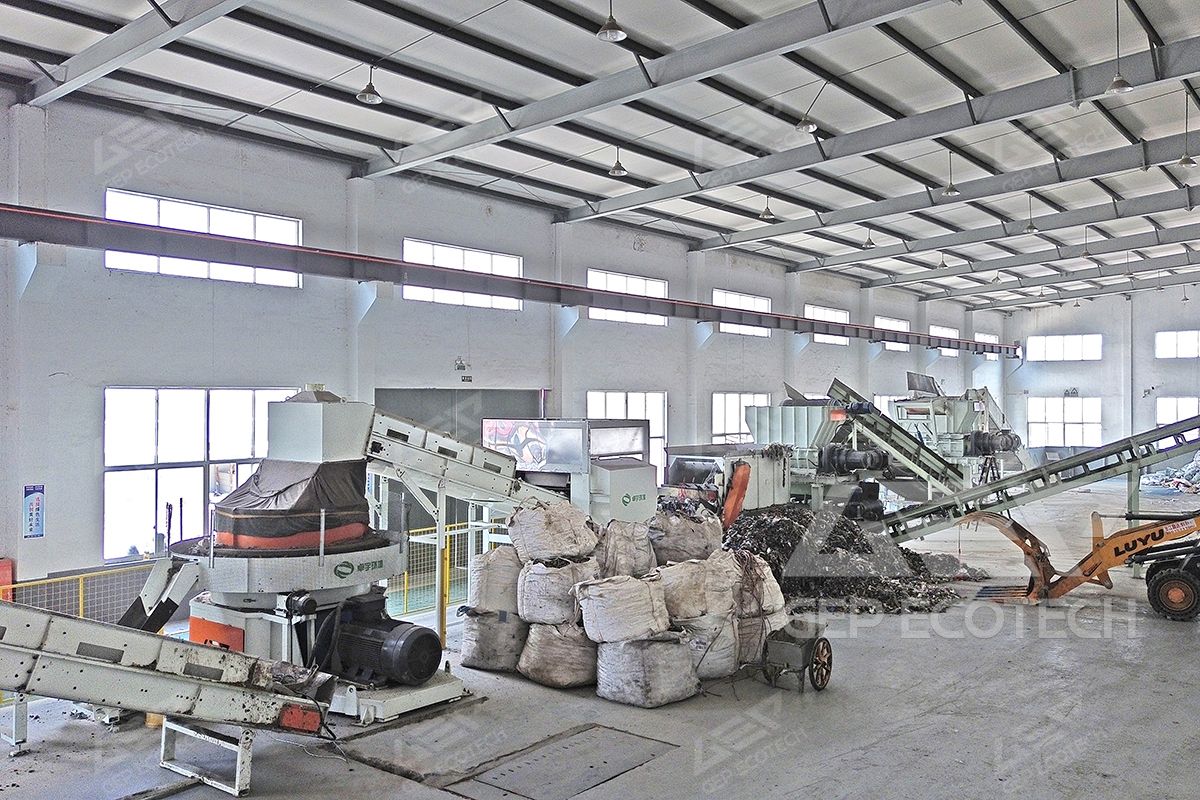
alternative fuel production line
Benefits and Environmental Implications
Producing alternative fuel from light materials in renovation waste offers several advantages:
- Waste Reduction: Converting light materials into fuel reduces the volume of waste sent to landfills or incinerators.
- Resource Recovery: Instead of being discarded, these materials are transformed into a valuable energy resource.
- Lower Emissions: When burned, alternative fuels derived from light materials can emit fewer pollutants compared to traditional fossil fuels.
- Cost Savings: By utilizing on-site waste as fuel, industries can potentially reduce energy costs and waste disposal expenses.
- Circular Economy: The process aligns with the principles of the circular economy, where waste is repurposed as a resource.
Converting light materials from renovation waste into alternative fuel presents an innovative and sustainable solution to address waste management challenges and energy needs. By employing efficient sorting, processing, and fuel production techniques, industries can tap into the energy potential of these materials while contributing to environmental preservation and resource conservation. As advancements in technology continue, the production of alternative fuels from renovation waste's light materials is poised to play an increasingly significant role in shaping a greener and more energy-efficient future.


